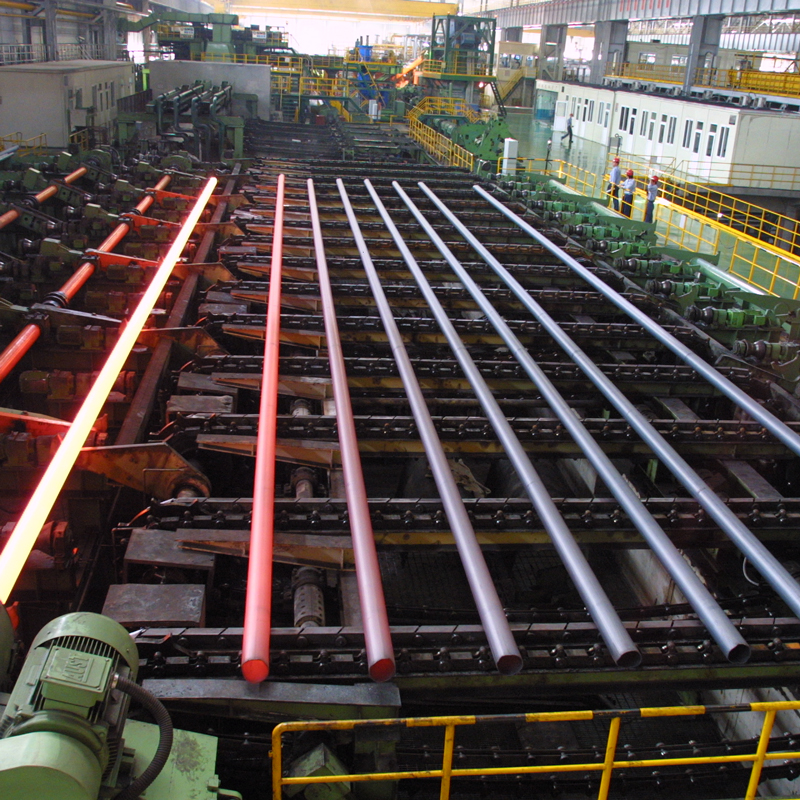We use your sign-up to provide content in ways you've consented to and to improve our understanding of you. This may include adverts from us and 3rd parties based on our understanding. You can unsubscribe at any time. More info
Cold, icy weather can be unpleasant, especially if your radiators aren't working properly. One reason your radiators and boiler may have stopped working is if the condensate pipe, which leads waste water away from the boiler and down a drain, has frozen. Underground Natural Gas Line

Some people may not have heard of condensate pipes, but they're actually essential when it comes to heating your property.
The condensate pipe removes the acidic wastewater from the boiler to drains outside the home. When temperatures plummet, the contents of the pipe can freeze which can cause a blockage and the boiler to stop working.
With this in mind, education experts at skillstg.co.uk have outlined the best way to thaw a condensate pipe and how to prevent it from freezing in the first place so that you can stay warm and cosy this winter.
A spokesperson from skillstg.co.uk said: “A frozen condensate pipe is usually the result of ice or other debris getting into the pipe and freezing, thus blocking it so that it cannot do its job.
READ MORE: ‘Most common’ energy myths to avoid to ‘save money’ on bills
"When your condensate pipe cannot do its job, your boiler shuts down to ensure you and your family are kept safe; however, you will need to get the boiler up and running again so that your family can stay warm. Using this guide, you can thaw frozen condensate pipes with a few changes and ingenuity and prevent them from freezing again.”
If the unthinkable has happened and your boiler has seized up due to a frozen condensate pipe, there are three steps to follow to get your boiler up and running.
The condensate pipe should stick out from the wall located directly behind the boiler. The right pipe will run out from the boiler to an exterior drain.
Luckily, thawing a condensate pipe is not complicated and simply involves boiling a kettle of water. Boil the kettle and allow it to cool for around 15 minutes.
DON'T MISS ‘Problematic’ poinsettia mistakes to avoid ‘entire plant dying’ [INSIGHT] ‘Most effective’ tip to stop black flies ‘damaging’ your houseplants [UPDATE] ‘Problematic’ poinsettia mistakes to avoid ‘entire plant dying’ [ANALYSIS]
The water should be warm but not boiling hot. Starting at the top of the pipe and making your way down, pour the warm water over the frozen pipe until the ice blocking it has thawed.
Reset the boiler and wait a few minutes before checking the boiler is working correctly.
If you have fully thawed your frozen condensate pipe, everything should be working as normal.
If the boiler is now up and running, homeowners will want to ensure it doesn't happen again using preventative measures.
READ MORE: ‘Quick’ process to fix a radiator cold at the bottom
Looking for a new home, or just fancy a look? Add your postcode below or visit InYourArea
The best way to lower your chances of dealing with another frozen condensate pipe is to install a pipe that is as large as possible. Before doing this, you should take a look at the manufacturer’s instructions to see what they recommend.
Usually, manufacturers will recommend pipes in the range of 32-40mm, but it is possible to have an engineer install a thicker pipe if you have to deal with extremely cool temperatures, where thinner pipes might not cut it.
Insulating a condensate pipe will help to protect it from cold temperatures. The pipe will be kept warmer, which means that it will be far less likely to end up frozen.
In order to insulate a boiler condensate pipe, simply wrap it with foam pipe insulation and secure it with strong tape or cable ties.
The less condensate pipe outside the home, the less opportunity there is for pipes to freeze. Consider moving the pipes to minimise exposure to cold weather. Usually, you will need to call a heating engineer to help you with this.
Ensure the condensate pipe is in the best position so it gets plenty of sun and isn't exposed to cold temperatures.
Make sure the pipe has as few bends as possible so the waste falls from the pipe as quickly as possible.
If you’re in the process of purchasing a new boiler, try to choose one that features a siphon trap. This type of condensate release flushes out the water in one go, lowering the risk of freezing.
Most boilers release the water in long drawn-out drips, meaning more water is present for longer, making it more likely that a freeze will occur.

Exterior Gas Line See today's front and back pages, download the newspaper, order back issues and use the historic Daily Express newspaper archive.